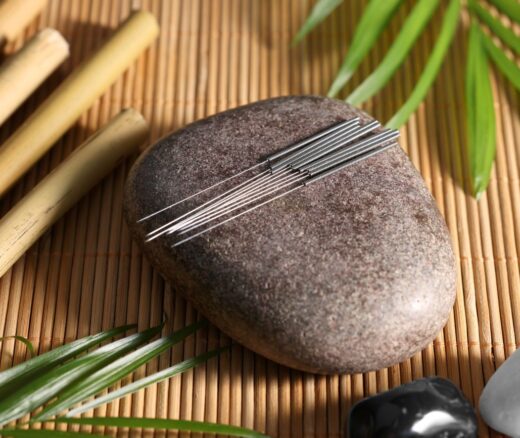
Acupuncture Could Fix America’s Chronic Pain Crisis–So Why Can’t Patients Get It?
A Proven, Low-Risk Treatment Is Backed by Major Studies and Patient Demand, Yet Medicare and Insurers Still Make It Hard To Use
Blog Post

As insurance coverage for acupuncture rose from 2010 to 2019, more people started using the treatment. Given the prevalence of low back pain, LDI Senior Fellow Molly Candon and colleagues analyzed national insurance claims to understand the characteristics of people with the condition who use acupuncture and how they combine it with other treatments. They found that less than 1% of individuals with low back pain were reimbursed for acupuncture in 2010 and that number increased to 1.6% in 2019. Asian, female, middle-aged, and college-educated patients, as well as those with incomes over $100,000 and people with chronic low back pain, were more likely to use acupuncture. Electroacupuncture use remained steady, with similar patterns. Compared with nonusers, those getting acupuncture were more likely to engage in physical therapy and were twice as likely to receive chiropractic care and psychotherapy. People who received acupuncture and/or electroacupuncture were less likely to use pharmacologic treatments.
The researchers note that the overall low use of acupuncture among people with low back pain may stem from limited or less generous insurance coverage. Medicare began covering acupuncture for the condition in 2020, which could expand access, as Medicare decisions often influence other insurers.
Read the entire study here.
The study, “Utilization of Reimbursed Acupuncture Therapy for Low Back Pain,” was published in August 2024 in JAMA Network Open. Authors include Molly Candon, Arya Nielsen, Jeffery A. Dusek, Sebastian Spataro Solorzano, Martin Cheatle, Mark D. Neuman, Craig Samitt, Siyuan Shen, Rachel M. Werner, and David Mandell.


A Proven, Low-Risk Treatment Is Backed by Major Studies and Patient Demand, Yet Medicare and Insurers Still Make It Hard To Use

Chart of the Day: Medicare-Medicaid Plans—Created to Streamline Care for Dually Eligible Individuals—Failed to Increase Medicaid Participation in High-Poverty Communities
Research Brief: Shorter Stays in Skilled Nursing Facilities and Less Home Health Didn’t Lead to Worse Outcomes, Pointing to Opportunities for Traditional Medicare

How Threatened Reproductive Rights Pushed More Pennsylvanians Toward Sterilization

Abortion Restrictions Can Backfire, Pushing Families to End Pregnancies

They Reduce Coverage, Not Costs, History Shows. Smarter Incentives Would Encourage the Private Sector